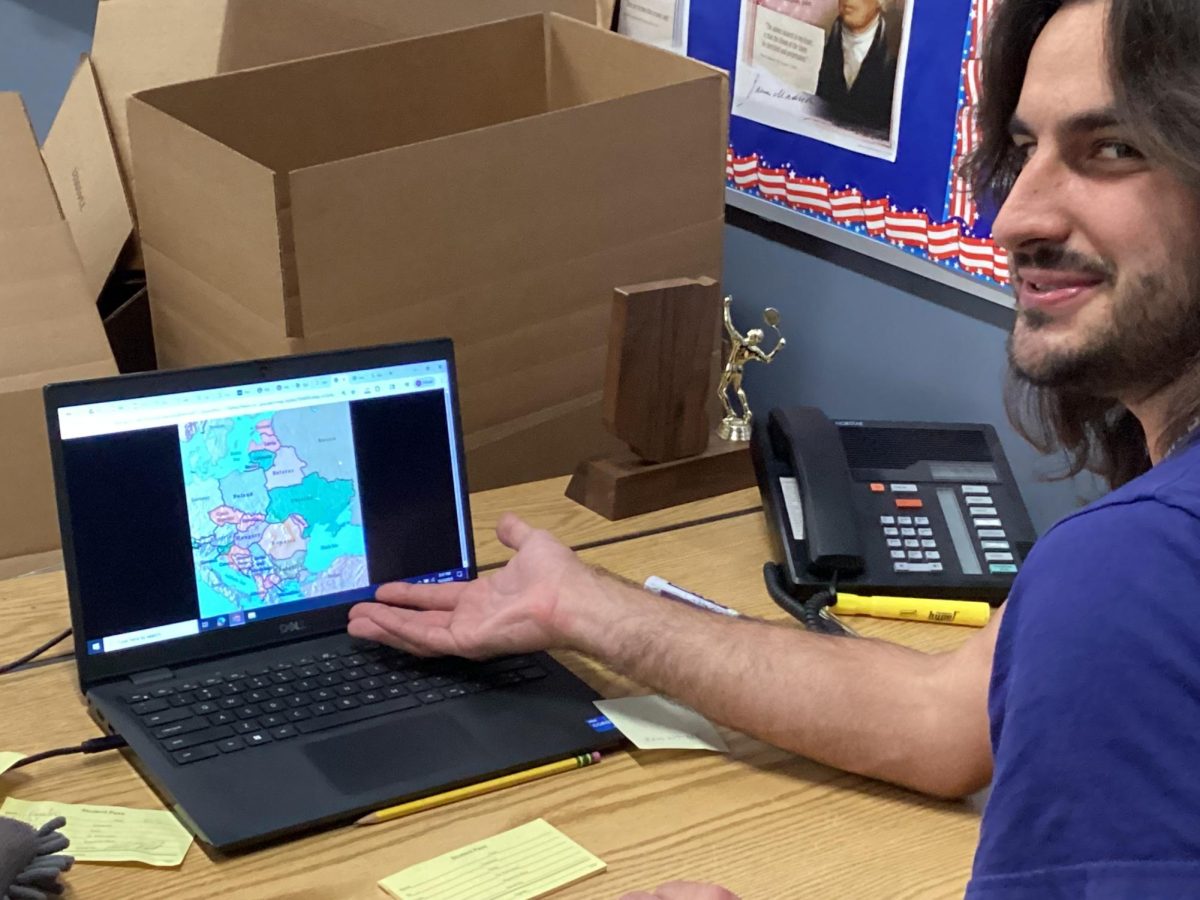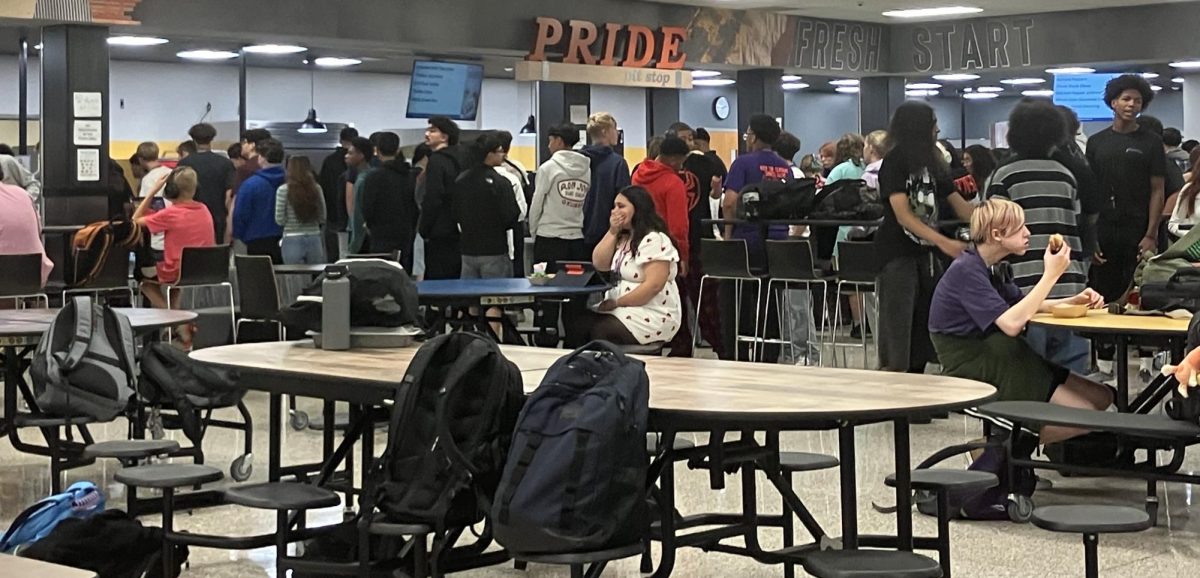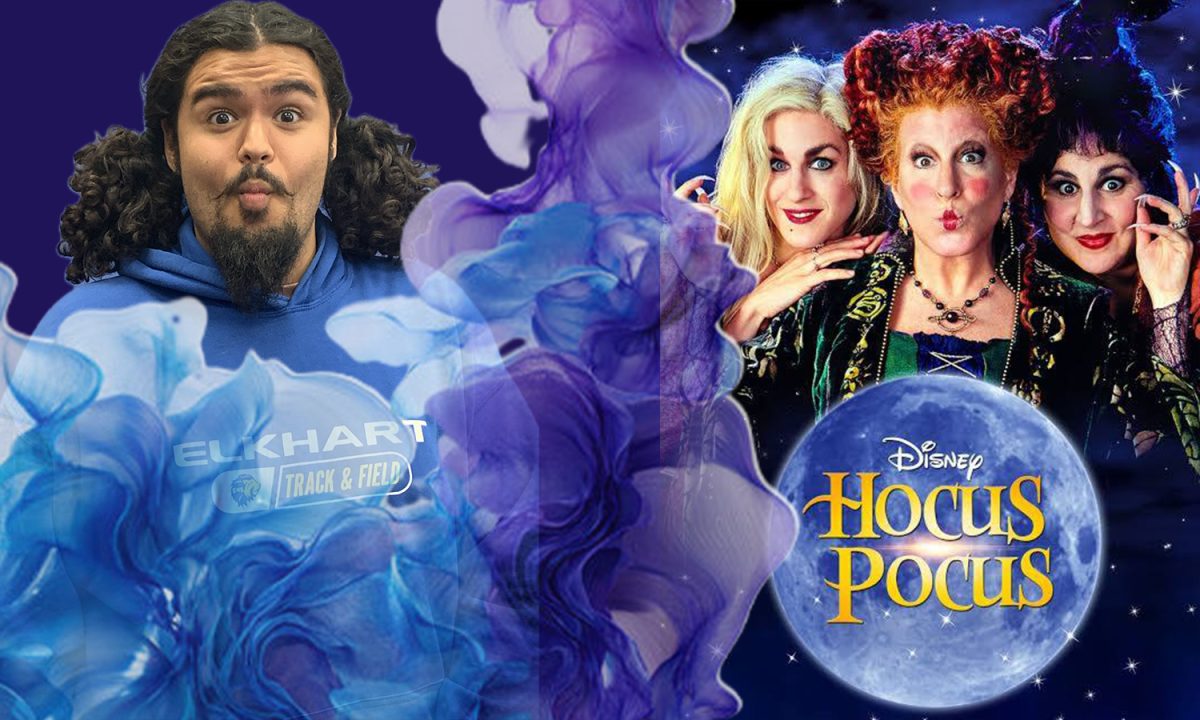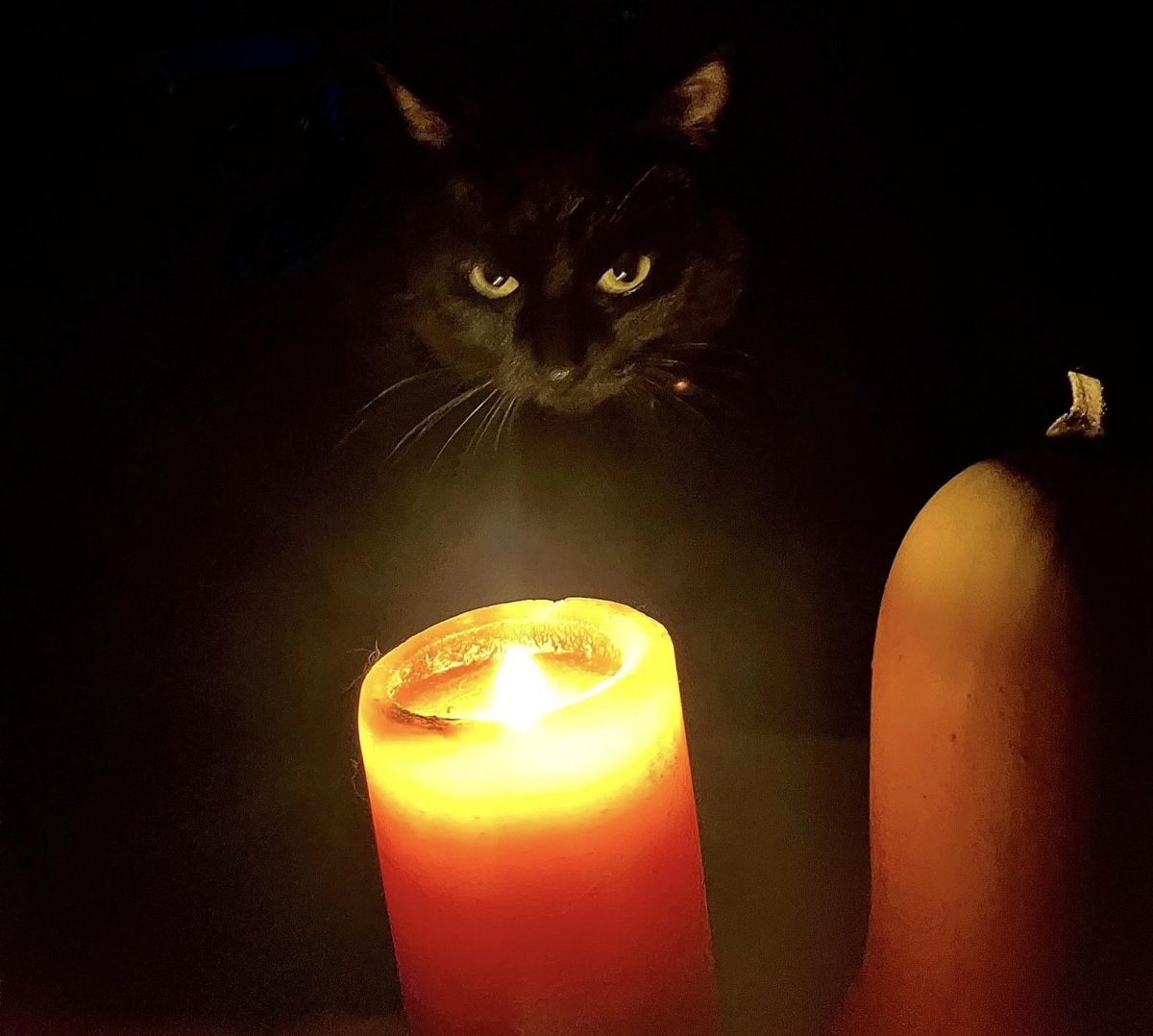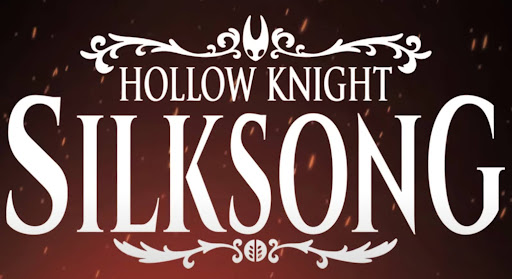This past month has been spinning wildly like a deadly game of Russian roulette.
On the night of Sept. 9, through the morning of Sept. 10, drones rolled in over the skies of Poland. All nineteen—that are known of—were shot down over several hours. And, while only one house was reportedly damaged, the incursion into Polish airspace has caused large concern to the EU and NATO. The ones who sent the drones? Russia.
Why should the average American worry about this overseas conflict? First off, the recent incursions are related to the recent Ukrainian-Russian war, which started in 2022 after a long string of tensions rising between Russia and Ukraine–most related to Russian Aggression and tensions caused by the lingering effects of the Soviet Union’s downfall. Russia and Ukraine are historically intertwined. Eve Conant, in her article for nationalgeographic.com, states that their histories go all the way back to ancient Kievan Rus—the first Eastern Slavic state. The article also goes on to mention various instances of Soviet Russian mistreatment of Ukraine, including a famine that ended the lives of millions of Ukrainians.
This history of tension between the Slavs of Russia and the Slavs of Ukraine is long and dense, explaining recent events. Of course, tensions aren’t solely against these two, as tensions between Russia and other Eastern-Europeans nations have also been present—especially in post-Soviet countries. Poland and Russia have never been particularly friendly with one another either, with an article on https://network2020.org stating that relations between the two have been historically difficult. With the earliest conflicts dating back to the times of the Polish-Lithuanian Commonwealth, during the Middle Ages, who historically fought with the Tsardom of Russia.
Back to the present, it seems Poland has been dragged back into conflict with their old enemy–particularly with recent incursions into Polish Airspace by Russian Military Drones. Poland isn’t alone, though, as Romania and Estonia have reported similar occurrences. Fear has begun spreading into other Eastern-European countries, as well, with an article on https://carnegieendowment.org/?lang=en —by Thomas de Wall, Dimitar Bechev, and Maksim Samorukov–stating that countries such as Armenia, Bosnia, and Herzegovina, as well as Georgia, Moldova, and Serbia, all find themselves trapped within a middle-ground between powers.
This fear, along with incursions, have led to growing panic about the possibility of Russia testing NATO–and perhaps even generating a new global conflict. EHS Social Studies teacher Mr. Michael Pawlak stated that the recent incursion reminds him of when “Germany invaded Poland, which– among other things–led to the beginning of WWII.” A necessary point to note is that the Soviets were also involved in the invasion, actively supporting the invasion.
Now, how does America tie into this? How will it affect the everyday American? Besides the looming threat of a possible third world war, this aggression against NATO is, by proxy, a threat against America. Originally, Russia and the United States were allies–with Russia even selling Alaska to the U.S. in the Alaska Purchase of 1867. In the coming years, though, relations worsened, especially with the rise of the Soviet Union and the Cold War. And, now, with the recent conflict, relations are at an all-time low.
An article on atlanticcouncil.org, related to global foresight in 2025, shows a consensus via survey revealing that out of 356 respondents, a majority agreed that, by 2035, a new world war would have already–or will–break out among great powers. What does this mean for Americans? To quote Mr. Pawlak once more: “If war does happen to break out, that will be lives, money, and resources that we have to spend to help squash this out.”
If tensions continue to rise, America will have to get involved. Should this break out into war, then Americans will have to fight. This is especially important for younger people, especially those on their way toward graduation…or having already graduated high school within recent years.
The U.S. government still has the ability to draft and will need soldiers–not to mention the ever-looming threat of nuclear weapons, non-manned aircraft, and other modern military technologies. NORAD (North American Aerospace Command) has also recently stated that various Russian bombers have gotten close to Alaskan airspace over in recent days, which were then intercepted by American fighter jets.
The world is tense. And, while a diplomatic solution is always possible, warfare is just as likely. With the world splitting into East and West once more, it is becoming an unpredictable place, especially for the average, young American growing up in it.







